There are many roads to success! How to make your ideas happen
Monday, January 17, 2022
Lisbeth Hanses
Reading time: 05:15 minutes
Planning and Creativity
You are in the midst of planning your virtual happening, and you have this one particular idea in mind that you want to realize. But the question is – how?
When presenting magnid as a platform we often use examples to guide you. The four sample venue architectures that we provide were designed for you as an easy stepping stone into creating your first virtual venue or virtual space.
However, they are just one example of how you can approach your virtual happening. One of our customers once compared creating a virtual happening with playing with Lego. You can find the best template and stick to the construction guide. Or you dig into your toolbox and create from scratch.
Even though the tools in the venue designer have a particular name and were designed for a specific purpose, you can still define a different use for them. Like you can use a saucepan to cook your favorite meal, but you can also use it to plant flowers in or build the first drum set for your kids.
#EverythingIsPossible
There is this saying – all roads lead to Rome – and we can make use of that, just the same. Many roads lead to the success of your virtual happening. To know which road to take requires you to know what message you want to deliver, who your target group is, and what makes your event successful. Once you know these parameters, you can start answering all those “how?” questions.
Let’s start with this: do you require an actual venue-type architecture to host your virtual happening and to deliver your message? Sometimes the answer is no. Sometimes you want your audience to focus on the meeting or the content presented and all you need is any background that is branded. Or you want to go for something very abstract that makes your audience wonder and approach your content from a different angle. As the magnid venue designer allows you to choose almost anything as your background that is an image or a video, you can tailor the visual experience to support the message you want to deliver.
Adapt the overall event setting
In the examples we use, we stick to the most common elements of face-to-face or virtual events. You can make use of a floor plan, you find the agenda at the welcome desk, and the leisure island invites you to mingle or relax during break times. If your virtual happening is designed to be staged in the Caribbean and Captain Jack Sparrow is your host, your welcome area can be the harbor’s landing bridges, the agenda can be your travel route, your floor plan can be the map for a scavenger hunt and your leisure island can be the harbor tavern. Frame what your audience sees to support the message you want to deliver.
Customize your content widgets
Now, let’s target your content: which tools or widgets are needed to make your content easily accessible to your audience? Sometimes you have very complex content structures, and you want your audience to consume it in a particular way or order. You find that the multi-media library in the platform does not do the trick. Think about using an area as your widget – with a matching background image, it can have the look and feel of a widget, and you are no longer limited to using only one widget to create your own, unique library experience.
Another example is your agenda: if you want more interaction opportunities within your agenda than the standard PDF offers, create your agenda as an area and make use of all the widget options available: link to areas, link content, offer access to dedicated chat groups, just to give a few ideas.
You don’t need a floor plan in your venue, but instead, you want your agenda or even something completely different to be shown in every area? Use the floor plan widget. Upload the content you want to display as an image and connect it to the floor plan widget, which you can rename to what it actually is.
Highlight and prioritize content and areas
Let’s say you want to highlight certain content or areas at your virtual happening. Even though the content widgets and navigation in the platform come with default icons, you can customize those. For example, group content widgets into topic categories by color-coding the icons.
If you prefer a navigation bar, instead of the default arrows, to navigate through the virtual space, you follow the same idea of using custom icons. Include a bar in your background image and let the custom icons for the navigation be rectangular with the name of the area. The term “area” in this case is to be understood as the area you can design in the venue designer – an area to the attendee can be anything you want it to be, not only “a room in a virtual venue”. As mentioned above, an area can be used to visualize the agenda, a speaker board, a content library, and so on.
Understanding Your Audience and Feedback
What about your target group? Do you really know how they are interacting with your virtual happening? Coming back to our saying from the beginning – all roads lead to Rome – integrate some A/B-testing into the venue to learn which road your audience prefers. Create duplicate areas with different navigation concepts, or different ways of presenting your content. Split your audience into two groups by making use of the business roles in the venue designer. Each group experiences a different scenario. After the event, send feedback surveys to your audience and analyze click rates and journeys taken in the platform’s analytics tool. The combination of feedback and data analysis will help you understand your audience and better deliver your message.
As you can see, there are many answers to your “how?” questions and a variety of toolboxes that you can build on. There is no right or wrong answer. There are answers that help you deliver your message to your audience in a supporting event setting. Which will be your first “how?” question? Let us know – I’m looking forward to speaking with you.

